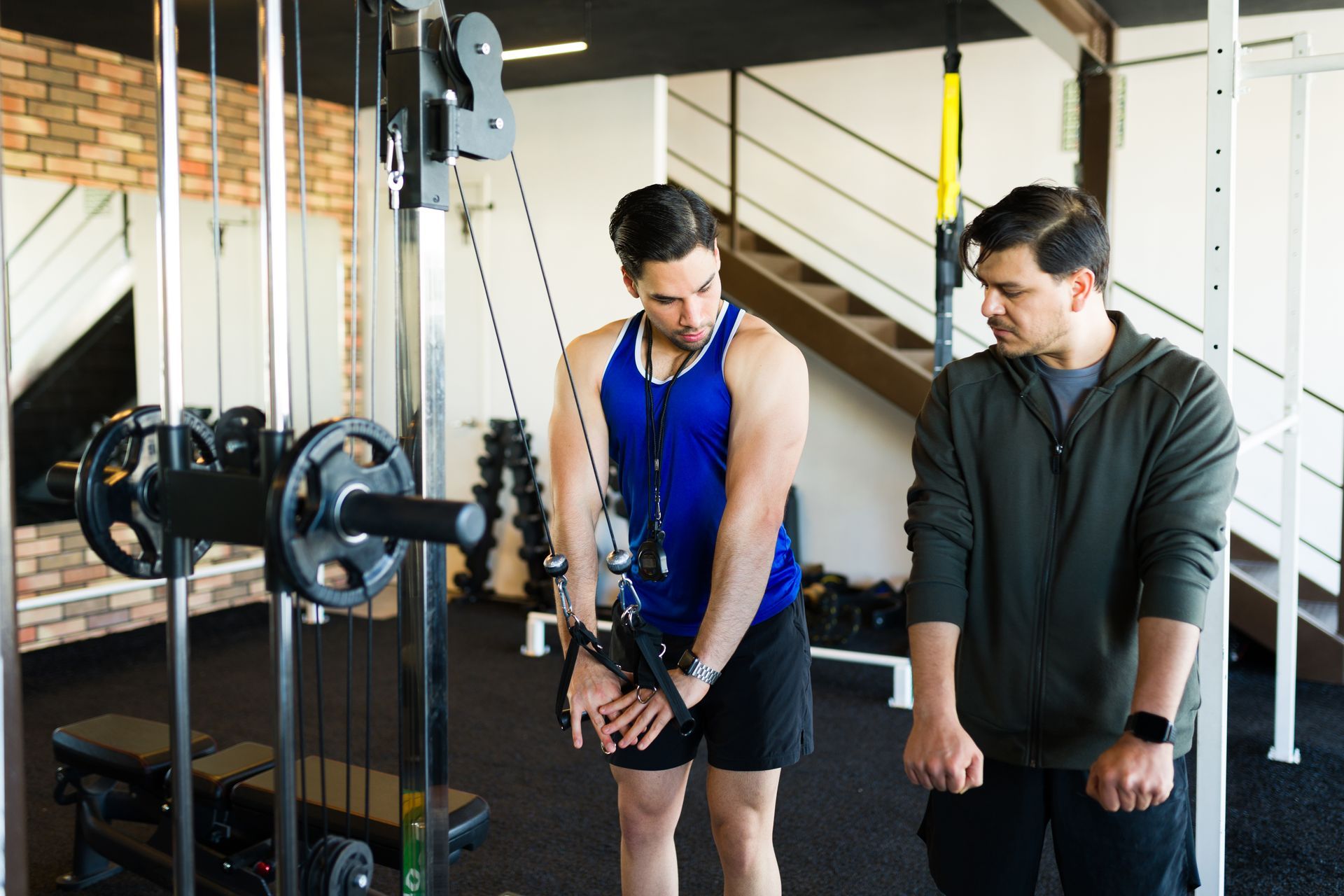November 8, 2022
Exposing The Fad - Is Fasted Cardio Better?
Wondering if fasted cardio is the best way to burn fat? Let's find out!

If you've stepped foot in a gym at all in the past few years, you've probably heard about fasted cardio.
Proponents of the theory claim that when you do your cardio early in the morning before eating anything, your body will burn more fat because it doesn't have any food to use as fuel. But is this really true?
And even if it is, is it worth skipping breakfast for? Let's take a closer look at fasted cardio and see what the evidence says.
What Is Fasted Cardio?
If you're like most people, the thought of doing cardio first thing in the morning makes you want to crawl back into bed.
But there's a growing trend of people who are willing to sacrifice a few extra minutes of sleep for the benefits of fasted cardio.
So what is it, and does it really work?
Fasted cardio is simply exercising in a fasted state, meaning that you haven't eaten anything for at least 8 hours.
The theory is that by exercising in a fasted state, your body will be forced to burn stored fat for energy, leading to greater fat loss.
There is some scientific evidence to support this claim, but it's still relatively controversial.
Why? Well, because fasted cardio does, indeed, lead to more fat oxidation (fat burning) during the session...
However, later on, during the day, that same fat oxidation is decreased, creating a net difference of...ZERO.
So should you give fasted cardio a try? If you're looking to lose weight, and you find it sustainable (can stick to it,) then sure.
But bear in mind, fasted cardio is not superior for fat loss compared to fed cardio.
What this means is that there's no need to go through the hassle of working out on an empty stomach.
What Matters For Fat Loss?
When it comes to weight loss, there are a lot of myths and old wives' tales floating around.
One of the most persistent is precisely the idea about fasted cardio. However, there is no scientific evidence to support this claim.
In fact, what matters most when it comes to losing weight is not the type of cardio you do but rather the balance between calories burned and calories consumed.
If you burn more than you consume, you will lose weight. This is called "eating in a caloric deficit." You can create a caloric deficit by reducing your calorie intake, increasing your activity level, or, ideally, a combination of both.
And so, if you're looking to shed some pounds, focus on creating a calorie deficit and forget about fasted cardio altogether - it’s an overly hyped-up training tool.
Honorable Mentions
Have you ever wondered why some people seem to find weight loss so easy while others find it nearly impossible?
While there are many factors that contribute to weight loss, there are a few simple strategies that can make a big difference.
First, including high-protein and fiber-rich foods in your diet can help to regulate hunger and promote feelings of fullness and satiety.
Second, regular exercise helps to boost metabolism and burn calories.
Finally, conscious restraint can help to prevent overeating and unhealthy snacking.
By following these simple tips, you can increase your chances of success when trying to lose weight, again, without doing fasted cardio.





